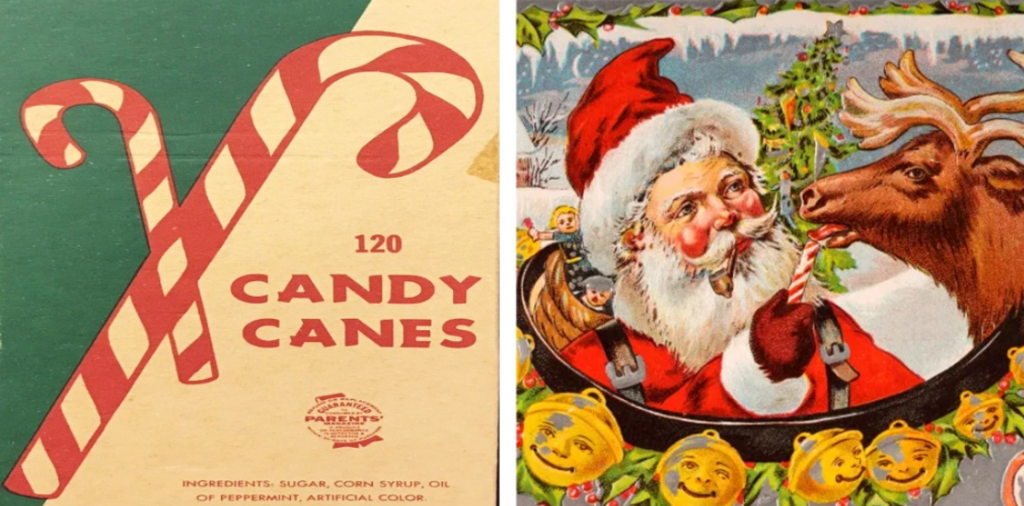
A Sweet History of Candy Canes

From Church Choirs to Christmas Trees
When the holiday season rolls around, few treats are as iconic as candy canes. With its red and white stripes, peppermint flavor, and classic hook shape, the candy cane is more than just a festive snack—it’s a symbol of Christmas cheer. But have you ever wondered where this beloved candy came from? The history of these sweet treats is as rich and colorful as the stripes that wrap around them.

A Sweet Start in Church
The story of the candy cane begins in 17th-century Europe, where straight, white sugar sticks were often used to quiet children during long Christmas church services. According to popular legend, a choirmaster in Cologne, Germany, asked a local candy maker to bend the ends of the sticks to resemble a shepherd’s crook—a symbolic nod to the shepherds who visited baby Jesus in the Nativity story. This clever twist made the candy both a treat and a teaching tool, reinforcing the spiritual meaning of Christmas.
Candy Canes Come to America
The tradition eventually made its way to America, brought by European immigrants. By the early 20th century, they had become a common sight during the holiday season. Initially, they were still all white, but that changed when red stripes and peppermint flavoring were added. Although it’s unclear exactly when the color and flavor became standard, they helped transform them into the festive treat we know and love today.

Innovation and Mass Production
As demand grew, so did the need for efficient production. In the 1950s, a Georgia-based candy maker named Bob McCormack revolutionized the candy cane industry by developing machinery that could bend and wrap the canes automatically. His brother-in-law, Gregory Keller, invented the machine, which allowed the candy to be mass-produced without breaking. Thanks to this innovation, candy canes became widely available and more affordable for families everywhere.
Candy Cane Symbolism & Tradition
Beyond their delicious taste, candy canes hold deep symbolic meaning for many. The red stripes are often said to represent the blood of Christ, while the white stands for His purity. The shape, reminiscent of a “J” when turned upside down, is often interpreted as a reference to Jesus. While these meanings aren’t part of the original history, they’ve been embraced by many Christian communities and have added to the candy cane’s spiritual significance.

The Candy Cane Today
Today, the treats are more popular than ever. Available in countless flavors and colors—from classic peppermint to sour apple and even chocolate—they adorn Christmas trees, fill stockings, and sweeten holiday treats around the world. Whether you enjoy them as a snack, decoration, or nostalgic reminder of childhood, candy canes continue to be a cherished part of the Christmas tradition.
A Tradition That Sticks
So, the next time you unwrap one, remember you’re enjoying more than just a holiday sweet. You’re taking part in a centuries-old tradition that blends faith, creativity, and a whole lot of sugar. From humble beginnings in European churches to becoming a global holiday staple, candy canes have certainly earned their stripes.



